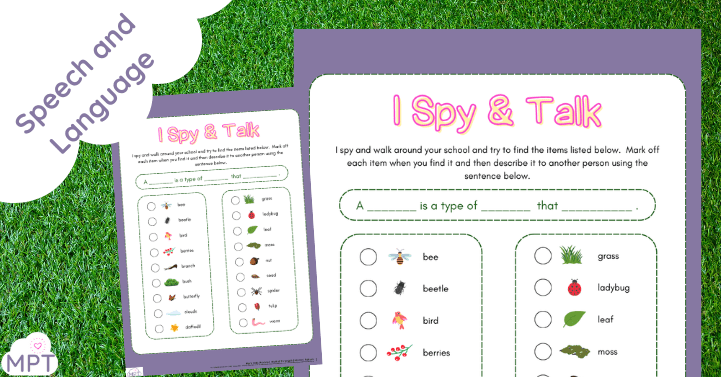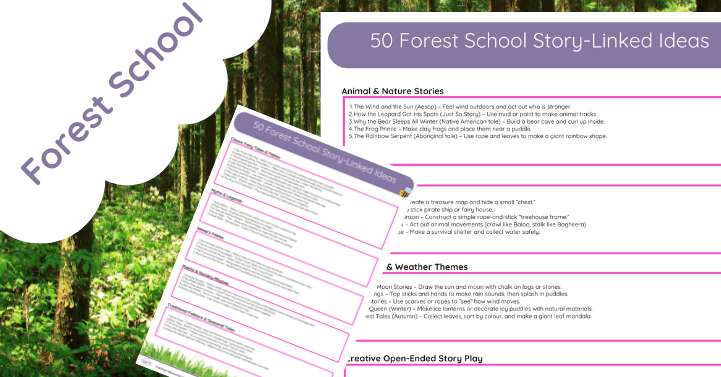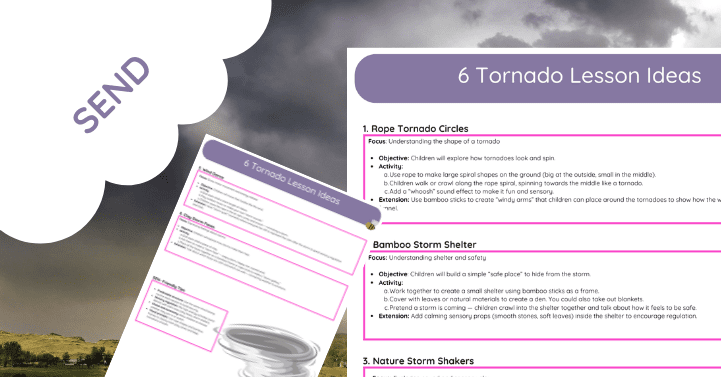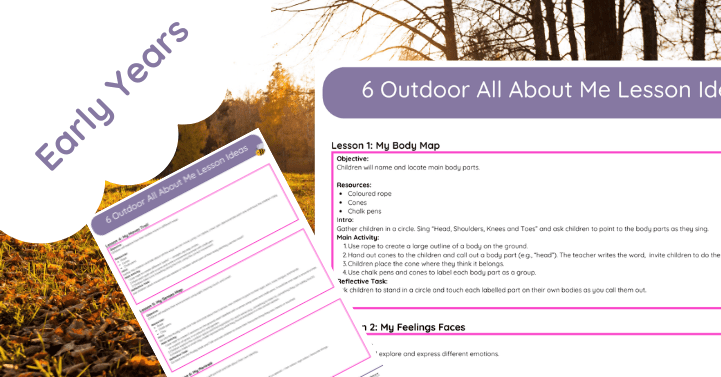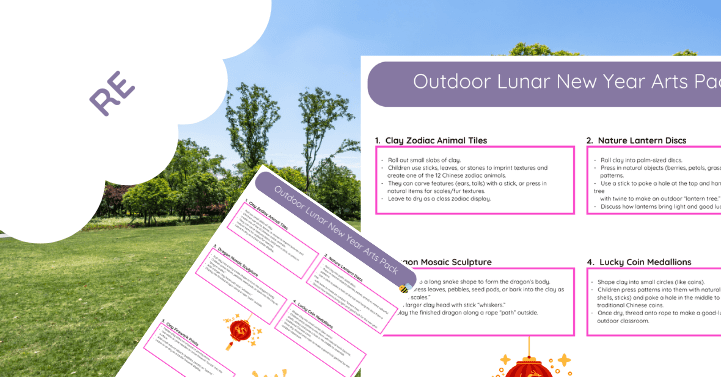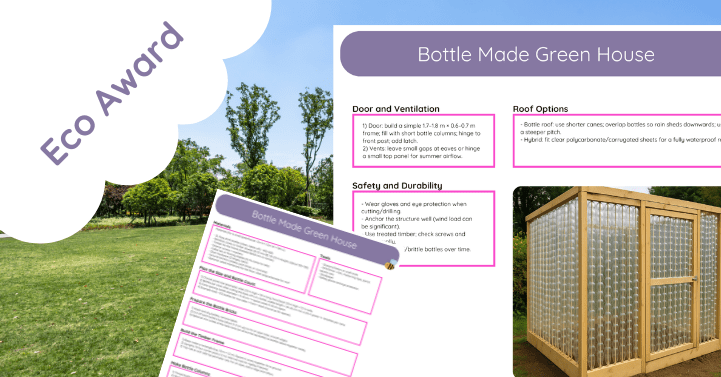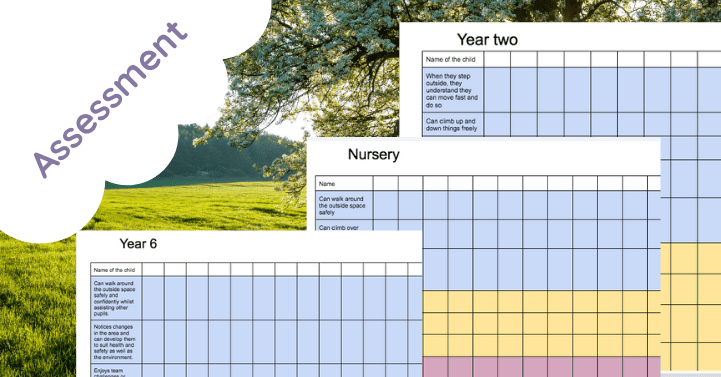Outdoor Learning “I Spy and Talk”
Build language, observation, and connection through nature play.
Turn every outdoor moment into a rich language-building opportunity with our “I Spy and Talk” printable resource. Designed for EYFS, KS1, and SEN learners, this engaging pack encourages children to explore their environment, develop vocabulary, and practise expressive language through fun, mindful observation.
Perfect for forest school sessions, playground walks, or garden time, “I Spy and Talk” gets children thinking, noticing, and sharing what they see—boosting communication skills and confidence in a natural, playful setting.
🔍 What’s Included:
-
Printable “I Spy” cards with nature-themed visuals and prompts
-
Themed talk starters to spark conversation and curiosity
-
SEN-friendly visuals and differentiated question levels
-
Flexible for solo use, partner work, or group activities
-
Aligned with EYFS Communication & Language goals
🎒 Use this resource to:
-
Support speech and language development
-
Encourage mindful observation and outdoor calm
-
Spark curiosity and descriptive language
-
Reinforce key vocabulary through play
🌿 Ideal for: Early years educators, speech and language practitioners, SENCOs, and anyone looking to bring learning to life outdoors.
Why Taking Speech and Language Learning Outdoors Makes a Big Difference
Supporting children’s speech and language development is a key priority in the early years—and increasingly in KS1 too. But what if one of the most effective ways to do this isn’t in the classroom?
Outdoor learning creates rich, dynamic opportunities for children to develop communication skills in natural, meaningful ways. Whether it’s naming what they see, engaging in imaginative play, or talking about how they feel, the outdoors is full of prompts and possibilities that help language flourish.
🌿 Why the Outdoors Works for Communication Development
Nature isn’t just good for physical wellbeing—it’s a language-rich environment that invites conversation, questions, and expression. Here’s why it works:
1. It Reduces Pressure
Outdoors, children feel less constrained. Without the formality of classroom settings, they’re more likely to take conversational risks, experiment with new words, and engage in dialogue. The Royal College of Speech and Language Therapists emphasises the importance of reducing anxiety in communication—outdoor environments do exactly that.
2. It Offers Real-World Context
Children learn best when language is linked to what they can see, touch, and do. Describing textures, naming bugs, giving directions in a game—all of these help embed practical language use. The National Literacy Trust notes that meaningful, context-driven language experiences are vital for language acquisition.
3. It Encourages Movement and Play
According to ICAN, movement plays a key role in communication development. Outdoor activities like scavenger hunts or role play support gross motor and speech coordination, especially in younger or neurodiverse learners.
🧠 Benefits of Outdoor Speech & Language Learning
-
Boosts vocabulary through real-world experiences
-
Supports turn-taking and listening in natural group dynamics
-
Builds confidence in quieter or less verbal children
-
Encourages spontaneous language use
-
Offers space and sensory input for SEN-friendly communication support
🌳 Easy Outdoor Activities for Language Development
Want to try it out? Here are simple outdoor learning ideas that boost speech and language:
🐦 I Spy and Talk
Use our “I Spy and Talk” resource to support observation and expressive language. Great for 1:1, small group or whole class use.
🌿 Nature Narrator
Give children a nature object and ask them to tell a story about it. “This leaf is from a magic tree…” helps expand vocabulary and imagination.
🗣️ Echo Games
Repeat words, animal sounds or phrases across a field or forest—children love experimenting with voice and volume!
🎨 Outdoor Drawing + Describing
Children draw something they find and describe it to a partner using key vocabulary (colour, size, texture, use).
💡 Expert Insights
-
Outdoor Classroom Day reports that children are more collaborative and communicative when learning outside.
-
Speech and Language UK highlights the value of multi-sensory, real-life contexts for developing core speech and language skills.
-
The Education Endowment Foundation supports structured outdoor language play as a tool to close vocabulary gaps in early years.


